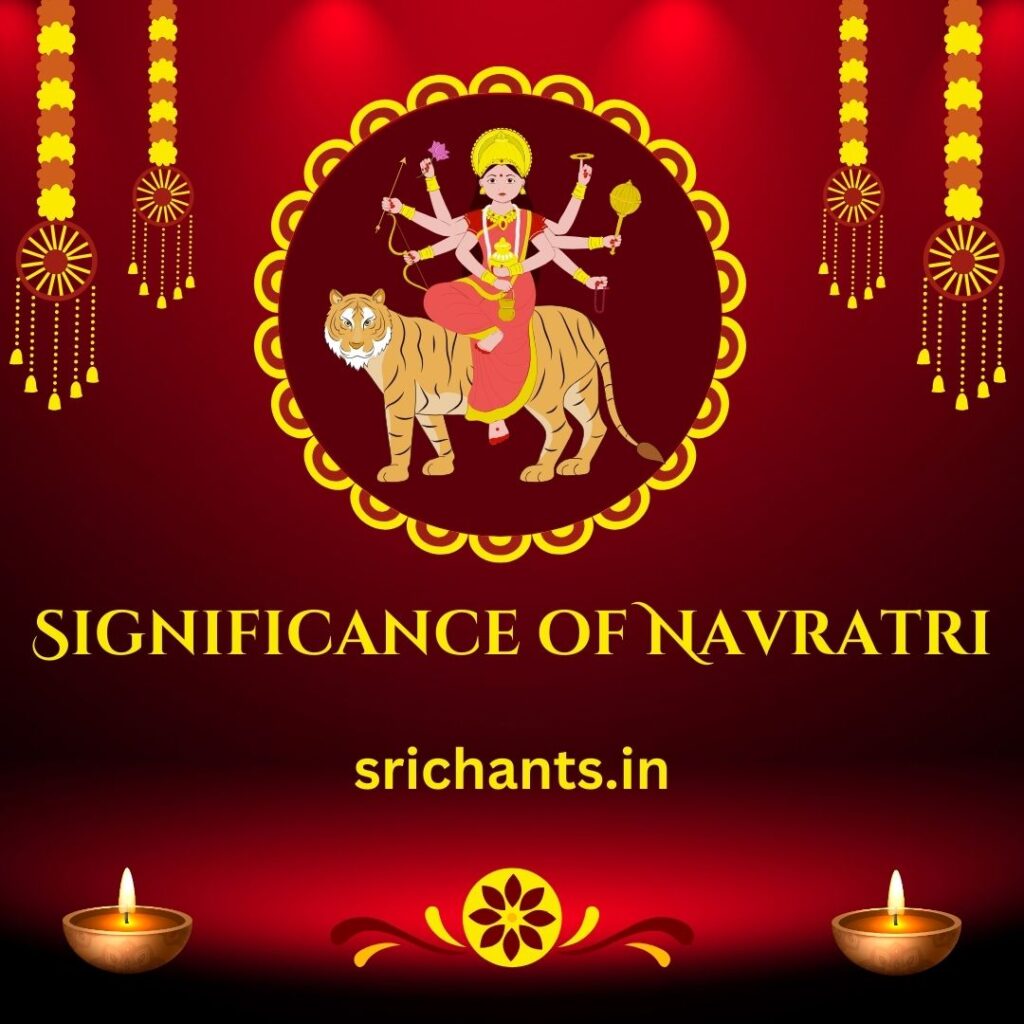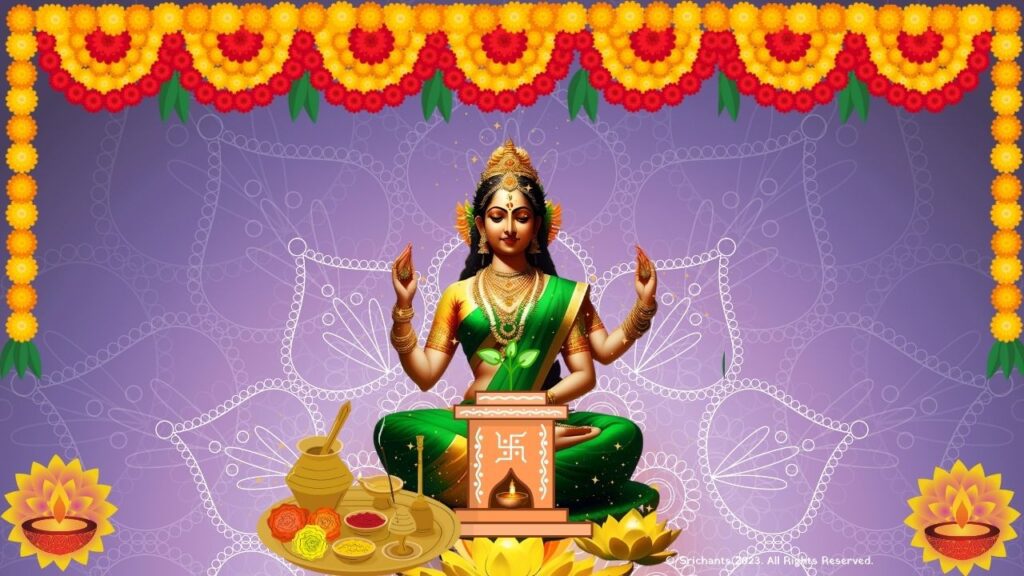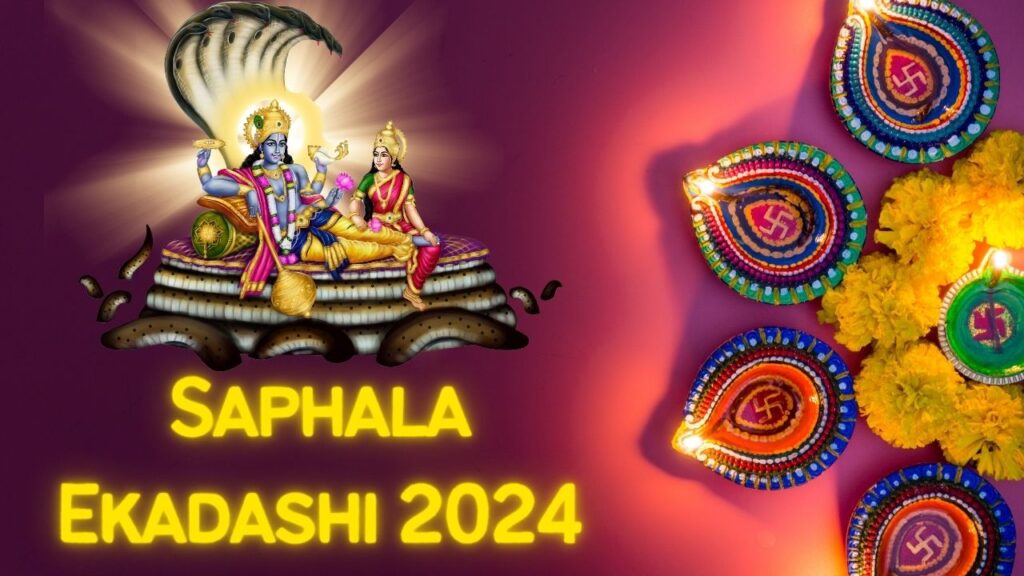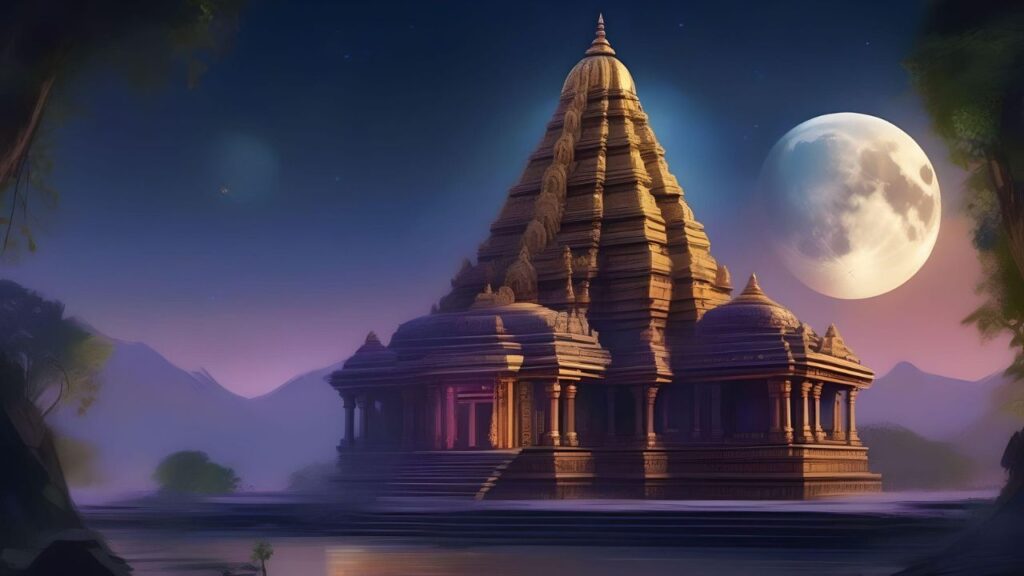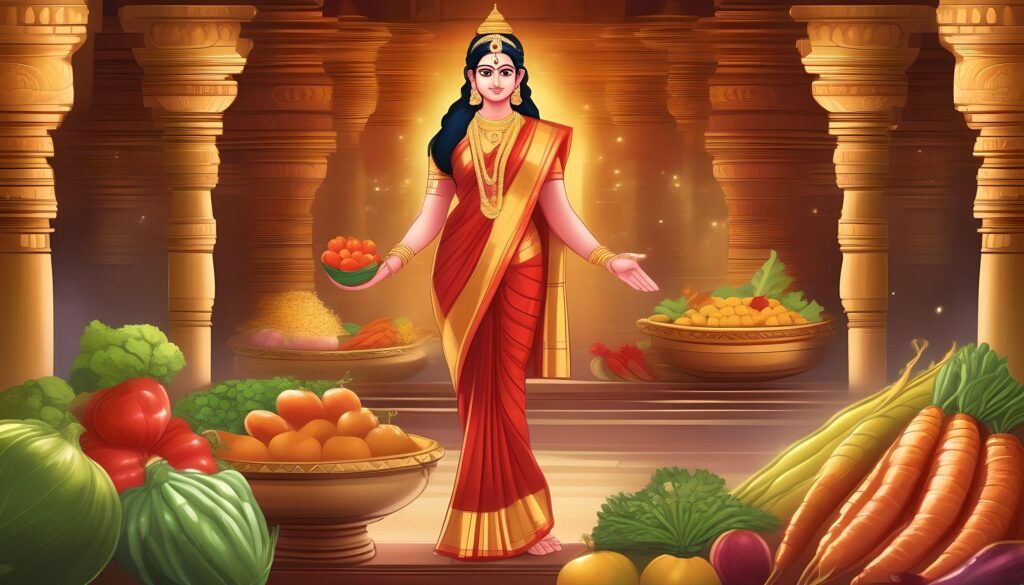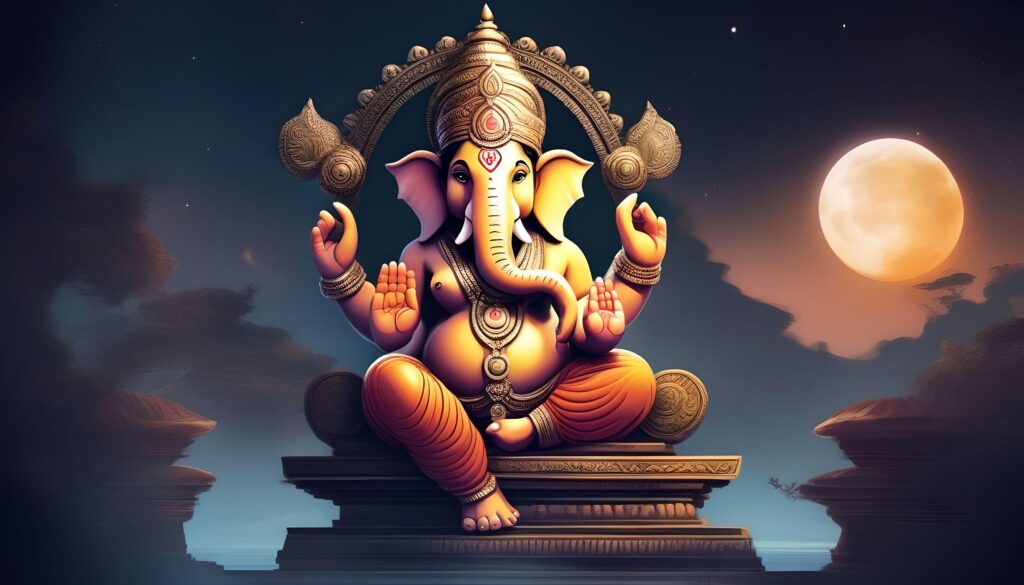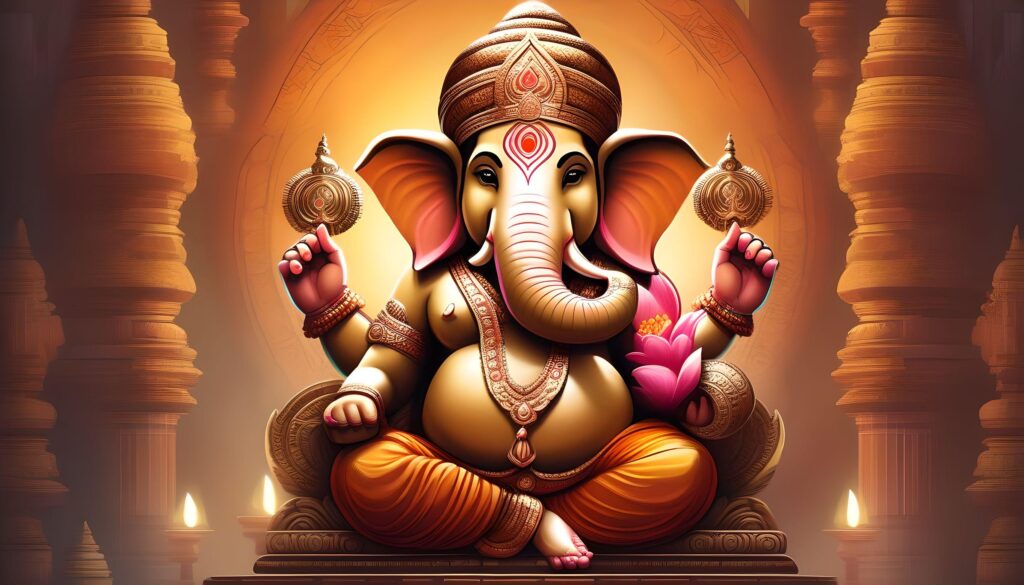Significance of Navratri: A Celebration of the Divine Feminine
Introduction
“Navratri,” which translates to “nine nights,” is a significant festival that honors the Divine Feminine. It is observed for nine consecutive nights, with each night symbolizing a distinct aspect of the feminine energy. There are numerous regions of India and Hindu communities worldwide that observe the festival with great enthusiasm and devotion.
What is Navratri?
Navratri is deeply spiritually significant and is founded on the comprehension of the human system’s connection to the Earth, Moon, Sun, and various manifestations of the Divine. The festival commences on the day following the new moon and is dedicated to Devi, the feminine aspect of the Divine. The nine nights are considered to be a special period for Devi, and the tenth day, Vijayadashami, represents the victory over the three primary attributes of existence.
Importance of Navratri – A Time of the Feminine
Navratri is a period during which the feminine aspect of existence is celebrated and revered. It serves as a reminder of the Divine Feminine’s inherent qualities that are present throughout the universe. The festival provides an opportunity to intentionally incorporate the feminine into our practices, culture, and lives. By recognizing and accepting the feminine, we can reestablish equilibrium and harmony in our lives.
Why Navratri Fasting?
There is a common practice of fasting during Navratri, which is significant in both spiritual and physical ways. It is believed that fasting facilitates the attainment of more profound spiritual experiences by purifying the body and psyche. It functions as a reminder of the significance of self-control and self-discipline. Devotees refrain from consuming alcohol, certain vegetables, pulses, and cereals during the fast. Rather, they consume sattvic, light meals, including almonds, dairy products, and fruits.

Navratri and the Worship of Different Devis
The nine nights of Navratri are dedicated to the veneration of various manifestations of Devi, each of which symbolizes a distinct aspect of the feminine energy. Durga, Lakshmi, and Saraswati are the three forms in which Devi is venerated. Saraswati embodies knowledge and wisdom, Lakshmi represents prosperity and abundance, and Durga symbolizes strength and protection. Devotees seek blessings and guidance in their lives by worshiping these forms.
Nine Days of Navratri Explained
The nine days of Navratri are each marked by a distinct manifestation of Devi and symbolize a distinct quality or aspect of existence. The initial three days are dedicated to Durga, the ferocious embodiment of Devi who embodies the ability to surmount challenges. Lakshmi, the goddess of prosperity and fortune, is the focus of the next three days. Saraswati, the deity of knowledge and learning, is honored during the final three days.
Navratri – 9 Days, 3 Qualities
Navratri symbolizes the interplay of three fundamental qualities of existence: sattva (transcendence), rajas (activity), and tamas (inertia). The manifestations of Devi that are worshipped during Navratri are symbolic of these qualities. Sattva symbolizes transcendence and knowledge, rajas symbolizes action and passion, and Tamas symbolizes the Earth and birth. Devotees can pursue spiritual development and balance by comprehending and experiencing these qualities.
Significance of the First Three Days of Navratri – Tamas
Devi’s tamasic nature is symbolized by the first three days of Navratri. Tamas symbolizes the attributes of the Earth and the process of birth. It is a period of reflection, reconnection with our primal selves, and grounding. These days are a time for devotees to contemplate the transience of existence and their own mortality. It is an opportunity to foster humility, gratitude, and acceptance of the cycles of life and mortality.

Significance of the Middle Three Days of Navratri – Rajas
Devi’s rajasic nature is the focus of the middle three days of Navratri. Rajas symbolizes dynamism, passion, and action. It is a period of increased vitality and enthusiasm. In order to demonstrate their devotion and commitment, devotees participate in a variety of rituals, performances, and celebrations. It is a period of intense spiritual practice and self-discipline, which enables individuals to direct their energy toward spiritual development and transformation.
Significance of the Last Three Days of Navratri – Sattva
Devi’s sattvic nature is symbolized by the final three days of Navratri. Sattva symbolizes transcendence, knowledge, and purity. This is a period of introspection, meditation, and the pursuit of increased wisdom. Devotees concentrate on the development of spiritual upliftment, harmony, and inner serenity. The purpose of the practices that take place during these days is to cleanse the mind, body, and spirit, thereby enabling individuals to access higher states of consciousness.
9th Day of Navratri – Ayudha Pooja or Mahanavami
Ayudha Pooja or Mahanavami is the name given to the ninth day of Navratri. It is a day that is dedicated to the veneration and honoring of the tools, instruments, and objects of one’s vocation or profession. In order to express their gratitude and appreciation for the role they play in their lives and livelihoods, devotees clean, decorate, and perform rituals on their tools and vehicles. It is also a time to pray for blessings to ensure success and prosperity in one’s pursuits.
How to Celebrate Navratri?
The manner in which Navratri is commemorated varies depending on the customs and traditions of the region. Common practices include the establishment of a decorated altar or pandal with images or idols of Devi, the recitation of devotional melodies, the performance of daily prayers and aarti, and the participation in community gatherings and cultural events. Devotees also participate in meditation, fasting, and a variety of spiritual practices to strengthen their connection with the Divine Feminine.
Embrace the qualities of fortitude, abundance, and wisdom, and strive for spiritual growth and transformation, as you celebrate the Divine Feminine during Navratri. Let this auspicious festival offer blessings and prosperity to all.
#navratri #importance #significance #celebrate
